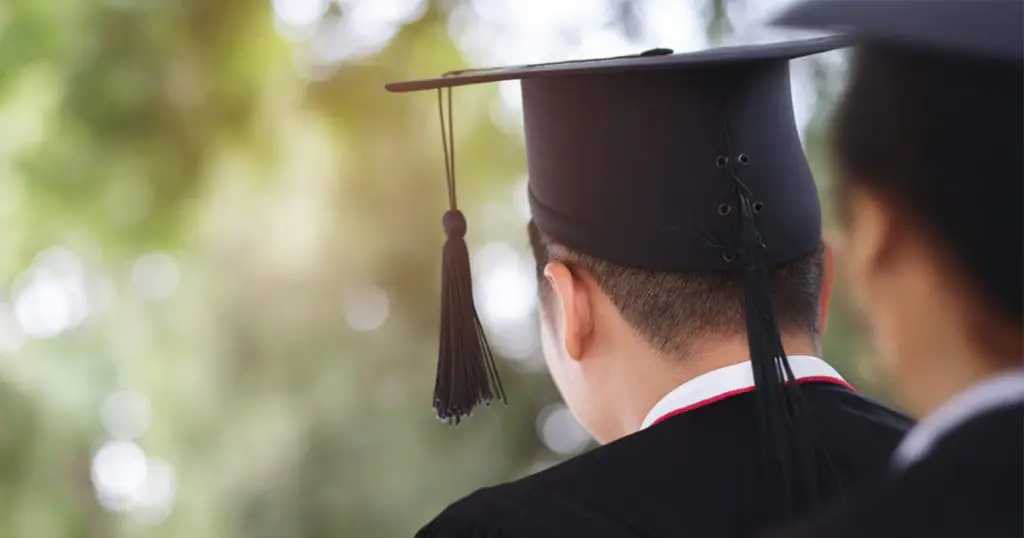21 March, 2022

The Federal Court decided that a winery could not register “NORTH 42 DEGREES” as a trademark because it described its location.
Registering or enforcing trademarks that describe a location is difficult. We mentioned a while ago another winery decision that gave little protection over competing wineries using the name of the road where they are located.
The reason is that it would be unfair to allow someone to get trademark protection over words that describe the product or where it is made. For example, “Cold Ice Cream” or “London Bakery.” The concept of a trademark is to distinguish the goods and services of one supplier from others. That doesn’t work when the mark is descriptive.
The Trademarks Act says a trademark can’t be registered if it is: “… whether depicted, written or sounded, either clearly descriptive or deceptively misdescriptive in the English or French language of the character or quality of the goods or services in association with which it is used or proposed to be used or of the conditions of or the persons employed in their production or of their place of origin.”
In the Nia Wine Group Co., Ltd and North 42 Degrees Estate Winery Inc. decision, the court decided that “place of origin” should be broadly interpreted to refer to any geographical designation. And that latitude is a geographical designation that indicates place of origin and thus is not registrable.
As with many things in law, this is not absolute, but it is a difficult hurdle to get over.
It is possible to overcome the geographical issue if the mark has several meanings, the primary one not being geographical. It is a “first impression” test. In this case, the applicant made a valiant but unsuccessful effort to provide alternate meanings for “42” as a first impression. They referred to the use of the number 42 as the answer in The Hitchhiker’s Guide to the Galaxy to the ultimate question of life, the universe, and everything. They also referred to 42 degrees as the angle of a rainbow.
It is also possible to overcome the issue if the applicant can show “acquired distinctiveness” or a “secondary meaning.” To do that, they have to provide evidence to prove that the public has become so aware of the mark as the applicant’s brand that the applicant comes to mind before the location. That’s not easy to prove.
While a business can name their business or product after their location or the product, it will not do a good job of distinguishing them from competitors, and they won’t be able to stop competitors from using similar names. Nor will they be able to protect them as either registered or unregistered trademarks. The best trademarks are distinctive, not descriptive.
For more information about the registration and use of trademarks, you can download our Trademarks Guide.
David Canton is a business lawyer and trademark agent at Harrison Pensa with a practice focusing on technology, privacy law, technology companies and intellectual property. Connect with David on LinkedIn and Twitter.





